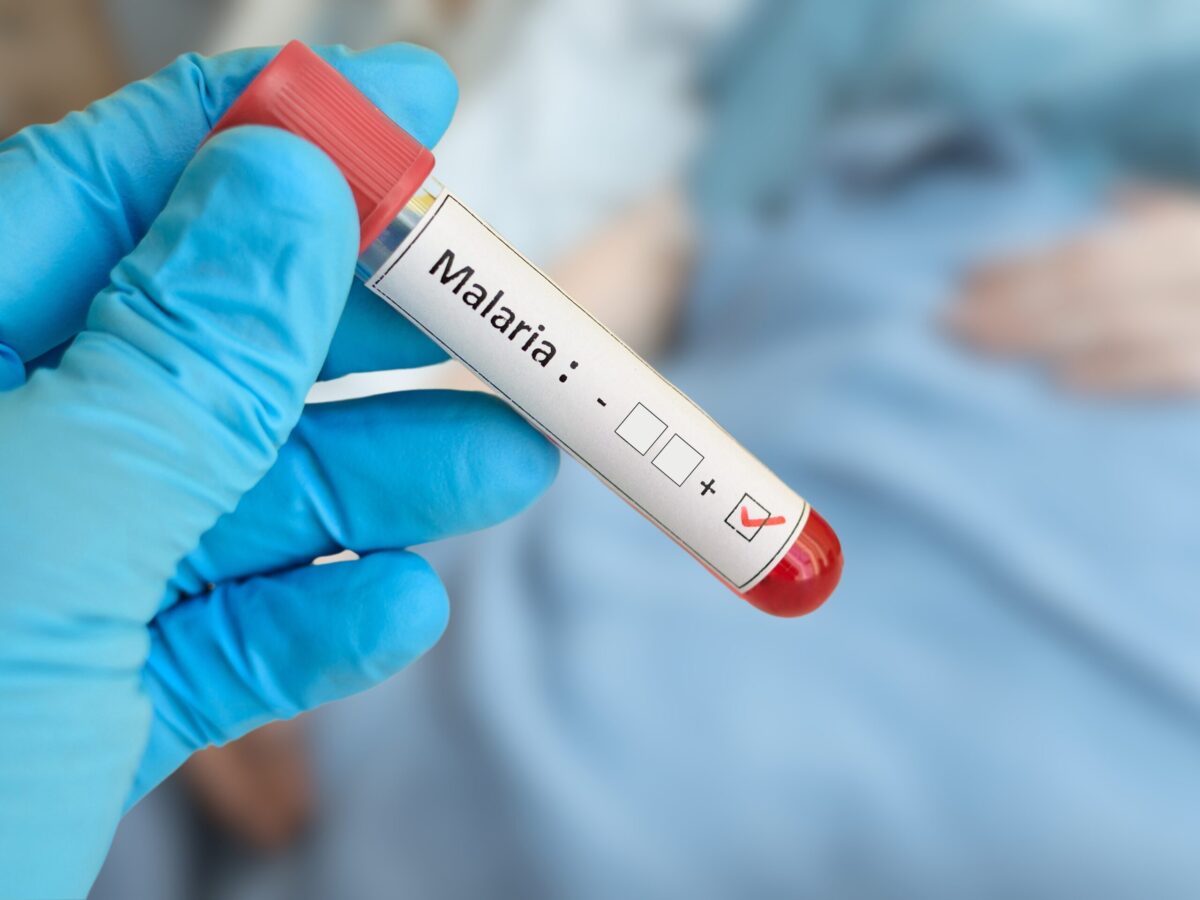Pneumonia is the top killer of children under five, worldwide. To improve diagnosis of the potentially life-threatening illness, researchers at Oxford University are developing a less-expensive and easier diagnostic tool for clinicians.
Specialized equipment like X-ray machines are currently required for doctors to properly diagnose pneumonia and assess how serious it is in a pediatric patient. However, 99 percent of all pneumonia-related deaths in children occur in developing nations, and health workers there do not always have access to the proper diagnostic equipment.
“With the nearest hospital hours away, generalist health workers depend on a set of guidelines known as IMCI [Integrated Management of Childhood Illness],” said Elina Naydenova, of Oxford University’s Institute for Biomedical Engineering. “These can sometimes be good at identifying cases of pneumonia but not so good at screening out cases that are not pneumonia.
“There is also huge variability across users. In settings, where there isn’t a clinical expert to set a conclusive diagnosis, the number of unnecessary antibiotic prescriptions has increased as a result – depleting vital drug supplies and adding to the problem of antibiotic-resistant infections,” Naydenova continued. “We wanted to apply smart engineering to develop a robust automated system that was consistently more accurate.”
Pediatric death rates can be reduced by 42 percent if health workers have the tools necessary to accurately diagnose pneumonia and determine the severity of the infection. Based on the diagnosis, decisions must be made on whether the child should be admitted to hospital and whether antibiotics should be given if the infection is bacterial. All of these choices have a major impact on clinical outcomes for the patient, and health workers only have a few basic, portable pieces of equipment with which to make these decisions.
To develop an automated diagnostic tool, the Oxford researchers analyzed data collected from a clinical study conducted in Gambia. Using machine learning techniques, Naydenova and her colleagues worked towards developing an algorithm capable of helping health workers diagnose pneumonia.
“For identifying pneumonia we found four features that can be measured with two pieces of equipment. Heart rate, respiratory rate and oxygen saturation can all be measured using a pulse oximeter,” said Naydenova. “Temperature requires a thermometer. These are things that can be made available to a health worker with basic training.
“Using these four measures, we achieved 98.2% sensitivity and 97.5% specificity, compared to IMCI, where the best performance is 94% sensitivity and 69% specificity,” she continued. These results indicate that the Oxford tool could identify 982 in every 1000 pneumonia cases, and only generate a false-positive result in 2.5 percent of cases.
“We have identified a set of features that could offer an alternative to the combination of X-rays and blood cultures only available in a well-equipped hospital,” said Naydenova. “These will be used in a mobile application linked to a set low-cost diagnostic equipment, which we will be trialing in the next couple of years.”












Join or login to leave a comment
JOIN LOGIN